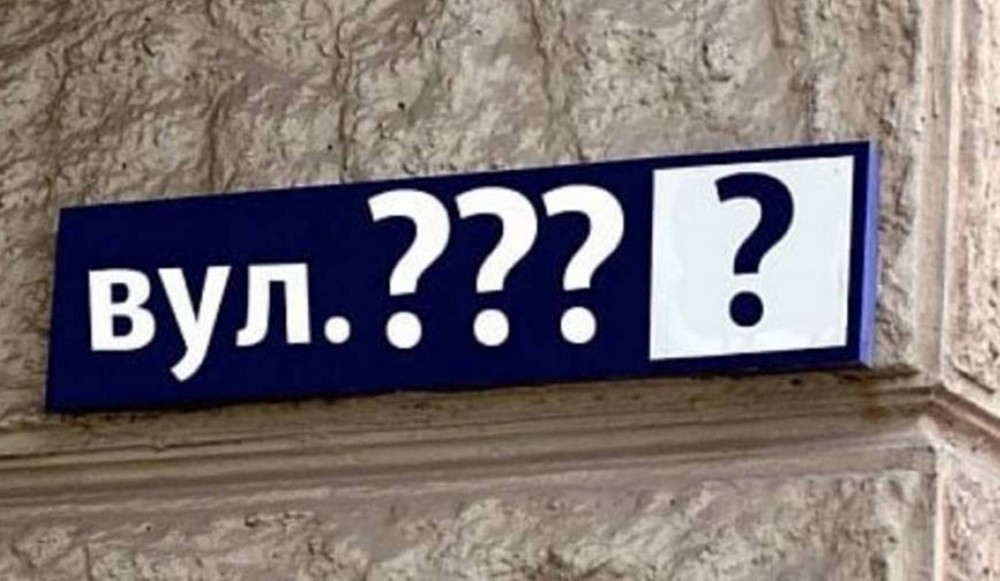
The article examines the process of changing the place names of Sumy in 2015—2016 on the basis of decommunisation legislation. It is noted that as early as 1992, after Ukraine gained independence, Sumy considered renaming some place names associated with communist symbols, but these attempts were limited to renaming only a few objects, such as Lenin Street and Square, as well as Karl Marx Avenue. After the Orange Revolution in 2005, a larger-scale project to decommunise the city’s toponymy emerged, but due to Communist opposition, these plans remained at the level of proposals. A real breakthrough in the decommunisation of place names occurred after the adoption of decommunisation laws. In July 2015, the mayor of Sumy formed a working group on place names, which included various community representatives. The working group determined that street names should reflect the city’s historical and cultural ties, as well as reflect national identity. Its work lasted about three months, and as a result, 123 place names were proposed for renaming. This process had its difficulties. For example, it was important to preserve the national orientation of place names. Although most of the group’s proposals were taken into account, not all of them were. There was also a confrontation with opposition forces that tried to stop the decommunisation process. As a result, on 19 February 2016, the mayor of Sumy, Oleksandr Lysenko, signed an order to decommunise 85 place names. As a result, by 19 May 2016, 98 place names were renamed in Sumy, mostly reflecting the city’s historical and cultural ties, as well as Ukrainian national identity.
Source: Artiukh V.O. (2024). Decommunisation of place names in the city of Sumy (2015-2016): how it happened. Sumy historical and archival journal. №XLII: 36-44
Source web-site: https://shaj.sumdu.edu.ua/wp-content/uploads/2024/06/5_Artiukh.pdf
Number of views: 1077